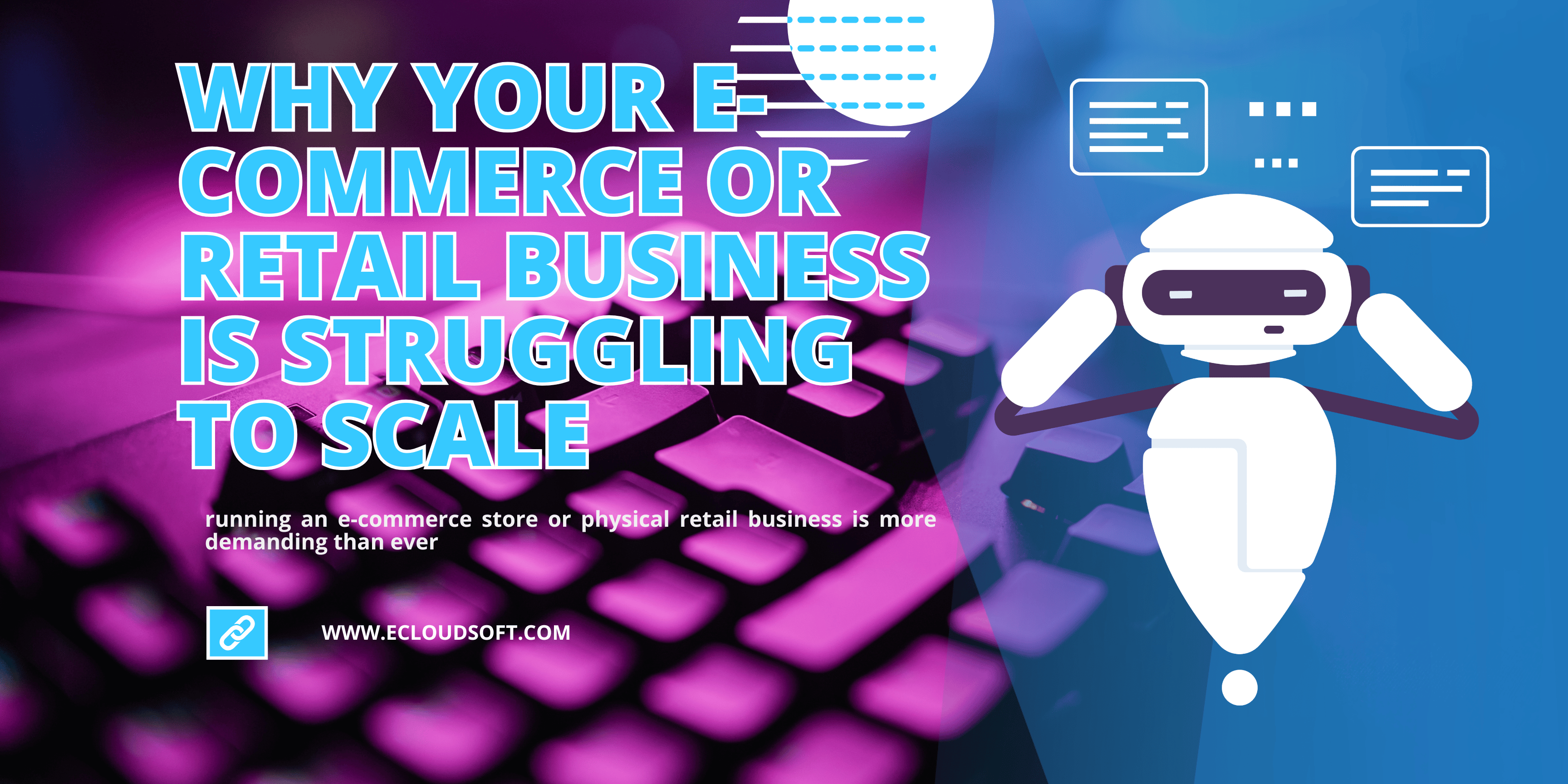
Manual processes in e-commerce and retail are making it harder than ever for small businesses to stay efficient, profitable, and competitive.
For distributors, small-scale manufacturers, and repacking companies, staying lean and profitable while managing orders, inventory, customer service, and sales can feel like a never-ending juggling act.
But here’s the truth:
If you’re still relying on manual processes or disconnected systems, you’re not just wasting time—you’re bleeding money.
Let’s explore the real challenges businesses like yours face every day, and why automation is no longer a luxury—it’s a necessity.
⚠️ Challenge #1: Too Many Systems, Not Enough Sync
Many businesses use separate tools for POS, online sales, inventory, order management, and accounting. This leads to:
- Constant double data entry
- Errors in stock levels and pricing
- Wasted time reconciling reports from different systems
The result? Overworked staff and frustrated customers due to delays, inconsistencies, or missing orders.
⚠️ Challenge #2: Customer Expectations Are 24/7 — Your Team Isn’t
Today’s customers expect instant answers and real-time order updates. But most small businesses:
- Can’t afford full-time support agents
- Lose sales when no one is available to chat or reply
- Rely on email threads that get lost or delayed
This leads to poor customer experience and lost opportunities—especially after hours.
⚠️ Challenge #3: Mobile Teams, Paper-Based Processes
Sales reps and agents in the field often still use:
- Notebooks to record orders
- Excel sheets to track deliveries
- WhatsApp to send product lists
It’s inefficient, unscalable, and error-prone. You end up hiring more people just to “manage the mess.”
⚠️ Challenge #4: Marketing Takes Time You Don’t Have
Personalized recommendations, cart reminders, and targeted promotions work—but who has time to:
- Segment customers manually?
- Write emails and WhatsApp messages one by one?
- Track who responded and who didn’t?
Without automation, most small teams either overlook marketing altogether or burn out trying to keep up.
⚠️ Challenge #5: You’re Hiring People to Do What Software Could Do Faster
Manual order entries, customer follow-ups, stock updates, and daily reconciliations may seem like small tasks—but they add up fast.
You’re not scaling your business, you’re scaling your manpower bill—often for jobs that software can do faster, more accurately, and 24/7.
Businesses using AI chatbots in e-commerce are seeing huge gains in both customer satisfaction and conversion rates.
💡 So What’s the Way Out?
If any of this sounds familiar, you’re not alone—and you’re not stuck. The first step is to recognize that manual operations are holding you back.
Learn more about the top benefits of implementing AI chatbots for business growth and how they help reduce support costs.
The next step?
Start exploring how a unified ERP platform—designed specifically for distributors and small manufacturers—can automate these processes and free your team to focus on growth.
Why ERP is critical for small businesses – Investopedia
Automation in retail – Forbes